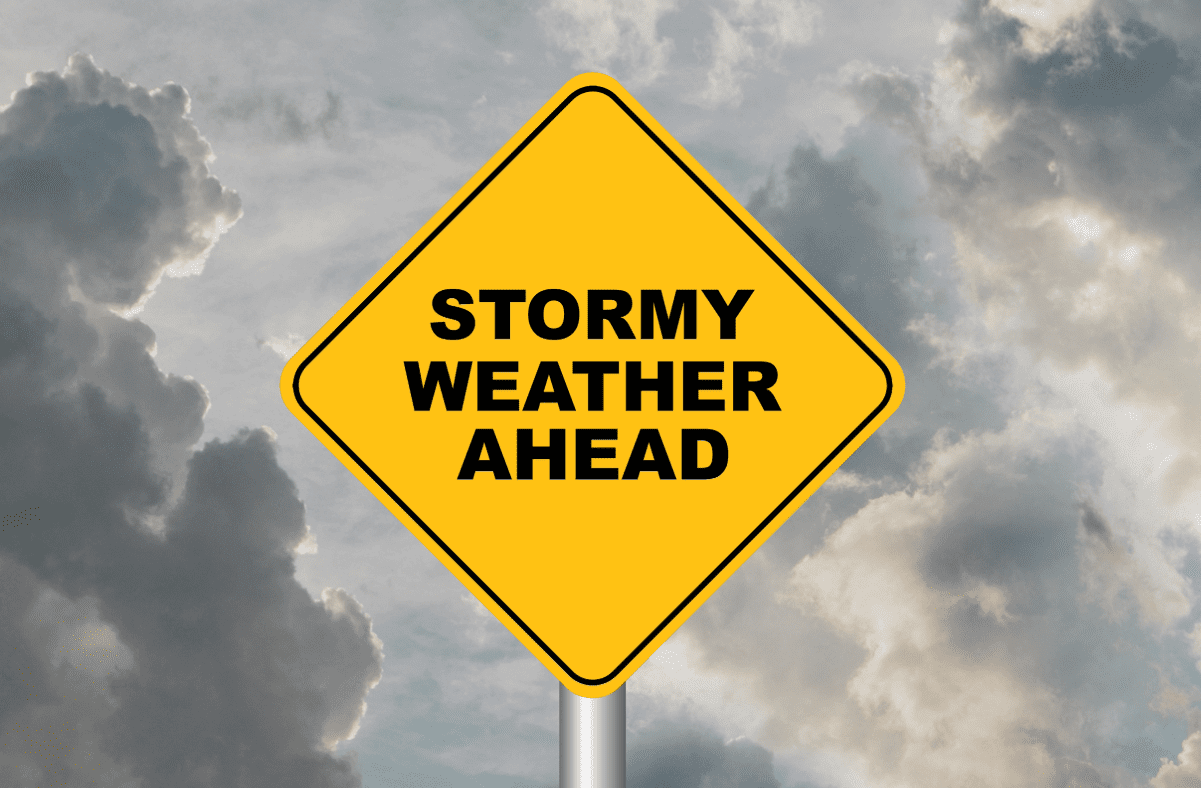
Are You Prepared For Unpredictable Spring Weather?
Spring is known for bringing severe and unpredictable weather, including snowstorms, thunderstorms, flooding, extreme temperature changes and high winds. In spring, more than one weather event can often occur in the same week or even the same day. Because of the unpredictability of weather this time of year, it can be challenging to be fully prepared for severe weather to hit. Planning as much as possible is essential to keep yourself, your property and your loved ones safe. Check out the following tips to prepare for volatile spring weather.
Prepare for Unpredictable Spring Weather
Taking the proper precautions for weather threats you know could be coming can help ensure your safety when they do come. Use the following tips to prepare for a spring storm:
- Create an emergency kit (see below).
- Put together an emergency plan for your household and practice it.
- Monitor local weather and news.
- Keep drains, gutters and downspouts clean.
- Consider purchasing a generator for your home.
- Review your home insurance policy and determine if you need extra coverage, such as flood insurance.
- Remove dead trees and branches that could fall and cause injuries or damage in a storm.
- Secure outdoor objects or put them away if a storm is predicted.
Understand Spring Weather Risks
The following are some common types of spring weather events:
- Tornadoes appear as a swirling, funnel-shaped cloud connecting a thunderstorm to the earth, with winds spiraling at speeds of up to 300 mph. Damage paths can be more than a single mile wide and 50 miles long.
- Thunderstorms can produce strong winds, large hail, flash flooding and lightning. If lightning strikes in a dry area, fires can occur.
- Floods can be caused by heavy rains and snowmelt that can produce large amounts of runoff in a short period of time.
- Heatwaves can occur in the second half of spring, leading to heat-related disorders or illnesses.
How To Pack Your Home Emergency Kit
As a homeowner, there may be times, such as in the wake of natural disasters, when you need to hunker down within your residence.
To be prepared for these situations, pack and maintain an appropriate home emergency kit that includes the following essentials:
- Nonperishable food for both you and your pets
- Drinking water
- First-aid kit (including essential medications)
- Hygiene items (e.g., toilet paper and soap)
- Cell phone and charger
- Battery-powered radio
- Flashlights
- Extra batteries
- Important documents (e.g., insurance policy numbers and prescriptions)
